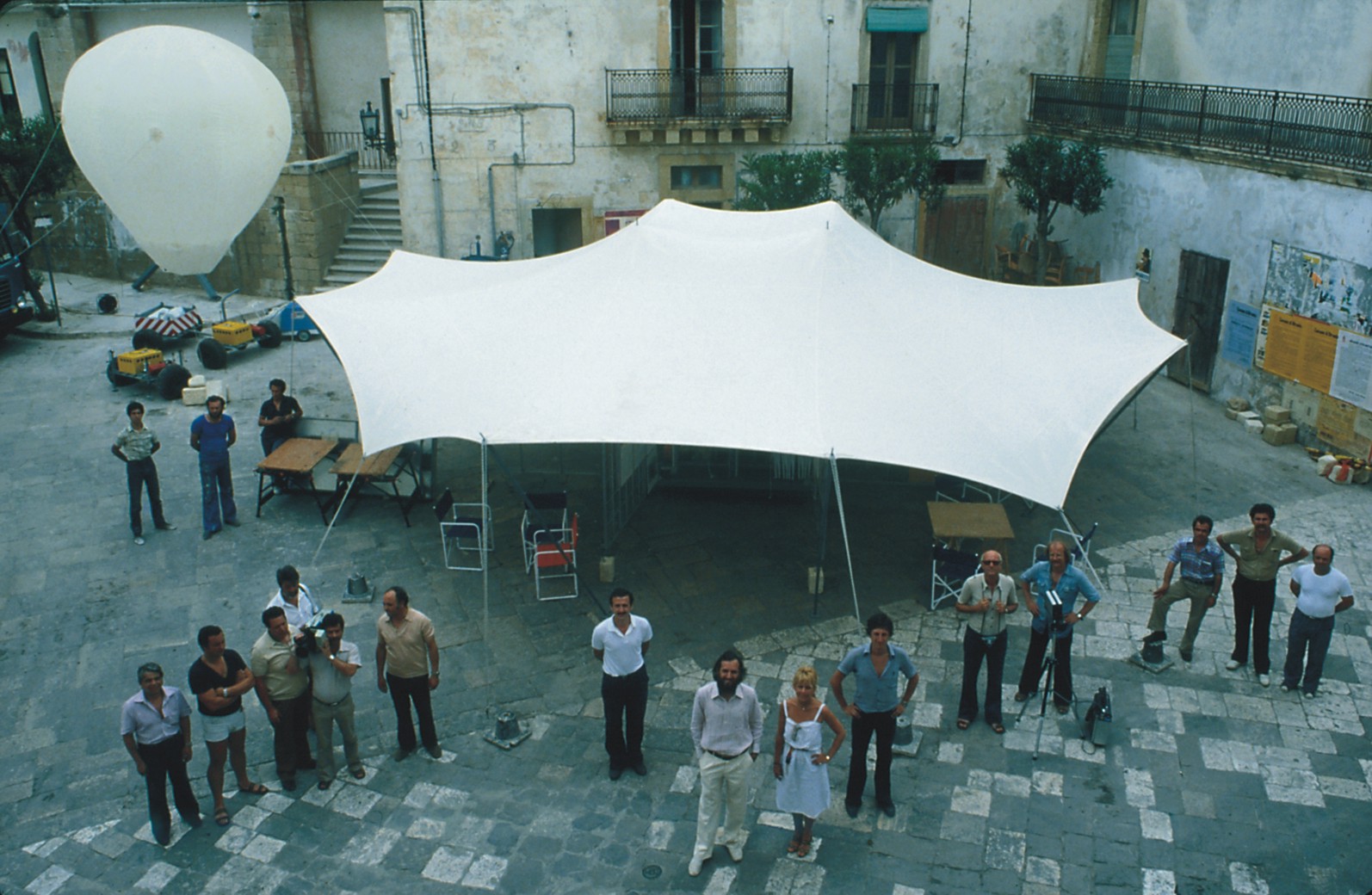History and Theory of Architecture IX
Cities are the most common human habitat today. Moreover, it is expected that within the next few decades two-thirds of the world population will live in cities. Now this in itself is a debatable statement, since the urban condition cannot be subsumed under one heading at all. Even within cities, conditions vary from street to street, from neighbourhood to neighbourhood. Never mind the enormous differences that exist between cities. Nevertheless, the urban condition is increasing, and is thus also the topic of discussion among a wide range of people, from politicians to economists, from anthropologists to philosophers, from citizens to activists, and from developers to designers. This discourse, although challenged by the current growth of cities, has a long pedigree in history. Already from the establishment of Greek and Roman city states, the city has provoked theorists, citizens, politicians, artists and designers to think and write about its form and functioning, appearance and structure, about the advantages and downsides of urban life. Besides urban scholars and theorist, also architects and urban planners have made valuable contributions to these discussions, not only in writings but also in projects, proposals and designs. Due to their ability to read the material, functional, and phenomenological aspects of the city and imagine alternative future scenarios, they have offered perspectives that consciously or unconsciously shape new urban environments, adapt to new societal developments, or offered better alternatives. The ambition of this survey-course is to offer an introduction to urban theory for students of architecture and urban design as well as to rethink the agency of architectural design facing the contemporary challenges in cities. The course introduces a range of topics, ranging from politics to public space, and from climate change to segregation. By investigating these topics, it first aims to show how these are particularly prominent in urban environments. Second, it aims to show how the physical environment is part and parcel of these challenges, and thus how it is related to the realm of architecture. Through this overview, it challenges students to reflect upon the topicality of the city, the role of architecture, and the own position as an agent in intervening in cities.
Hover Image: Columbus redlining map, 1936, U.S. Government
This course will take some of the most provocative thematic issues of the 26 editions of the journal ANY: Architecture New York (1993–2000) as a starting point for discussing non-architectural theories that inspired architects.
In 1990, the architects Peter Eisenman, Arata Isozaki, and Ignasi de Solà-Morales, along with the editor Cynthia Davidson, founded the non-profit Anyone Corporation with the goal of stimulating theoretical discourse through cross-disciplinary discussion. The Anyone Corporation began with a series of ten cross-cultural and multidisciplinary conferences, The Any Conferences (1991–2000), which provided a unique forum for architects in the 1990s to discuss architecture from interdisciplinary perspectives while physically spending three days together, fostering constructive feedback. ANY: Architecture New York was a journal launched in 1993 to widen the impact of The Any Conferences and incorporate more young voices around architectural themes discussed by people from outside the field of architecture. As such, the ANY magazine was a critical part of the entire Anyone Project; an activating force that aimed to expand and build on the annual conferences with something that occurred ‘in-between’ the yearly conferences.
This course seeks to make architectural students aware of the interdisciplinary character of architecture and ask what we can learn from discussing architecture from multiple disciplinary viewpoints by tackling ANY magazine’s forward-looking themes such as feminism, virtual space, public fear, the mechanical in the electronic era, lightness, and whiteness, topics all highly relevant today. We will examine various cultural and disciplinary perspectives that have been taken on these theories, as well as the fact that they were not immutable but rather developed over time as a result of various interpretations and (mis)translations.
More broadly, the goal of this course is to help close the gap between currently available architectural histories – which are primarily centred on architects – and the complex, multidisciplinary reality of the built environment.
